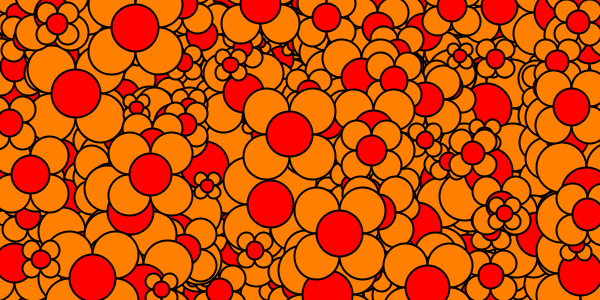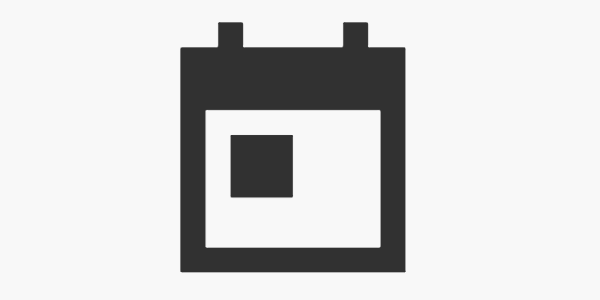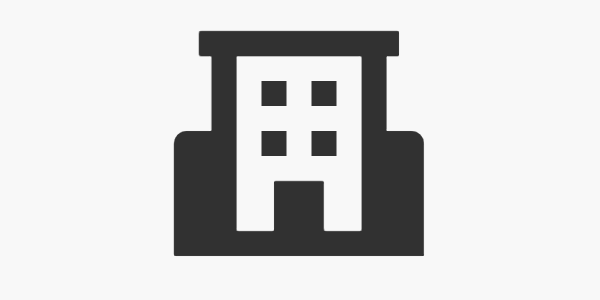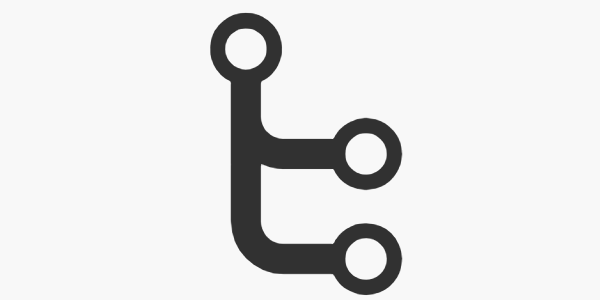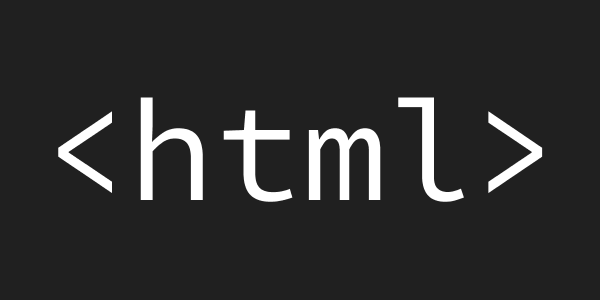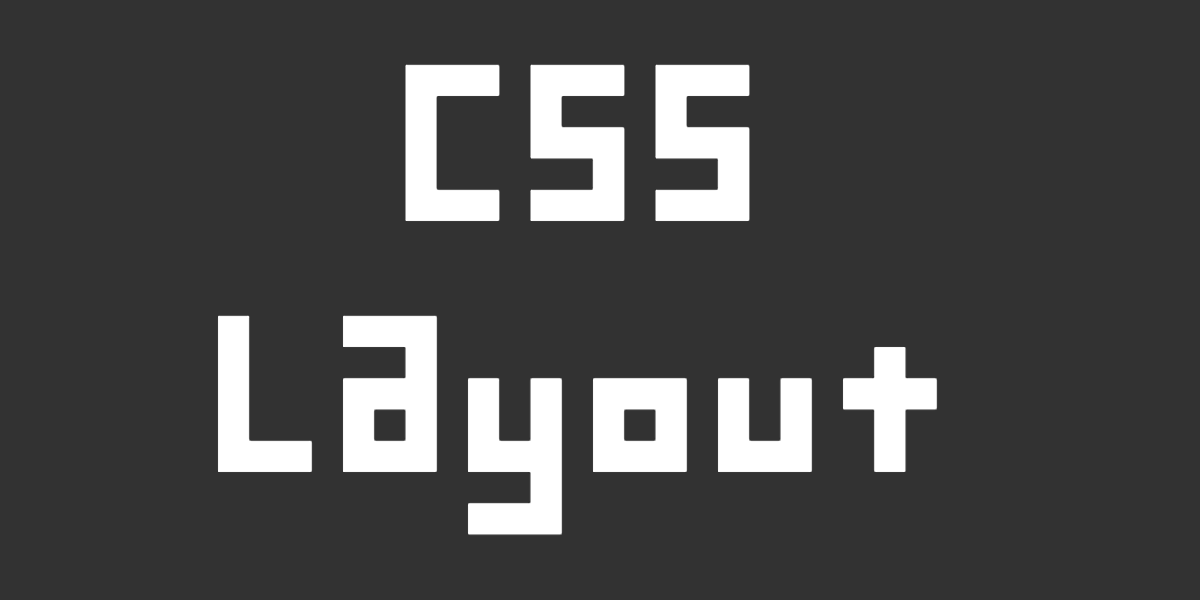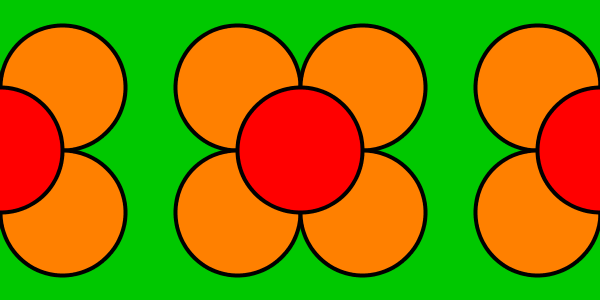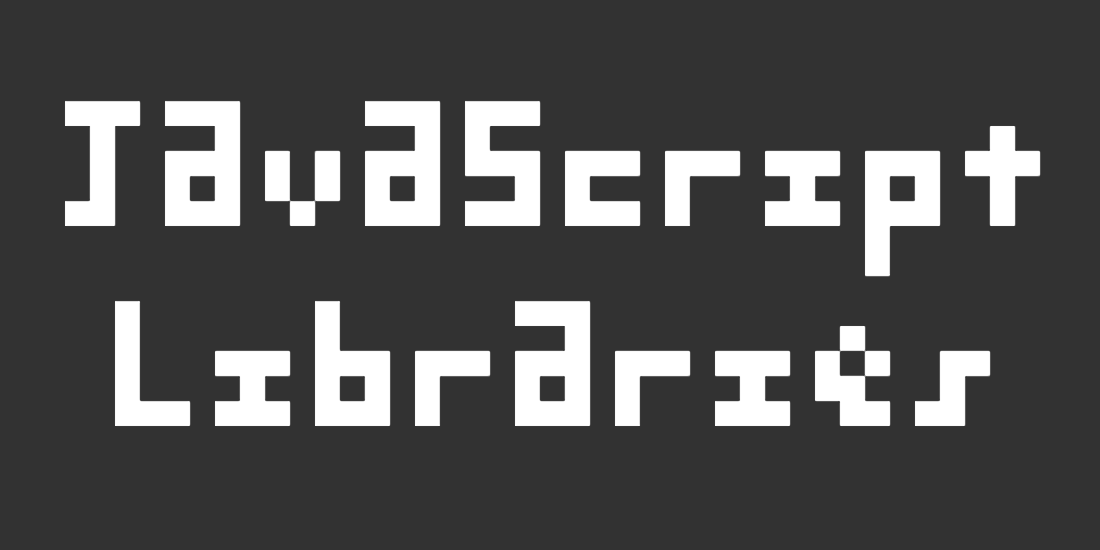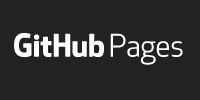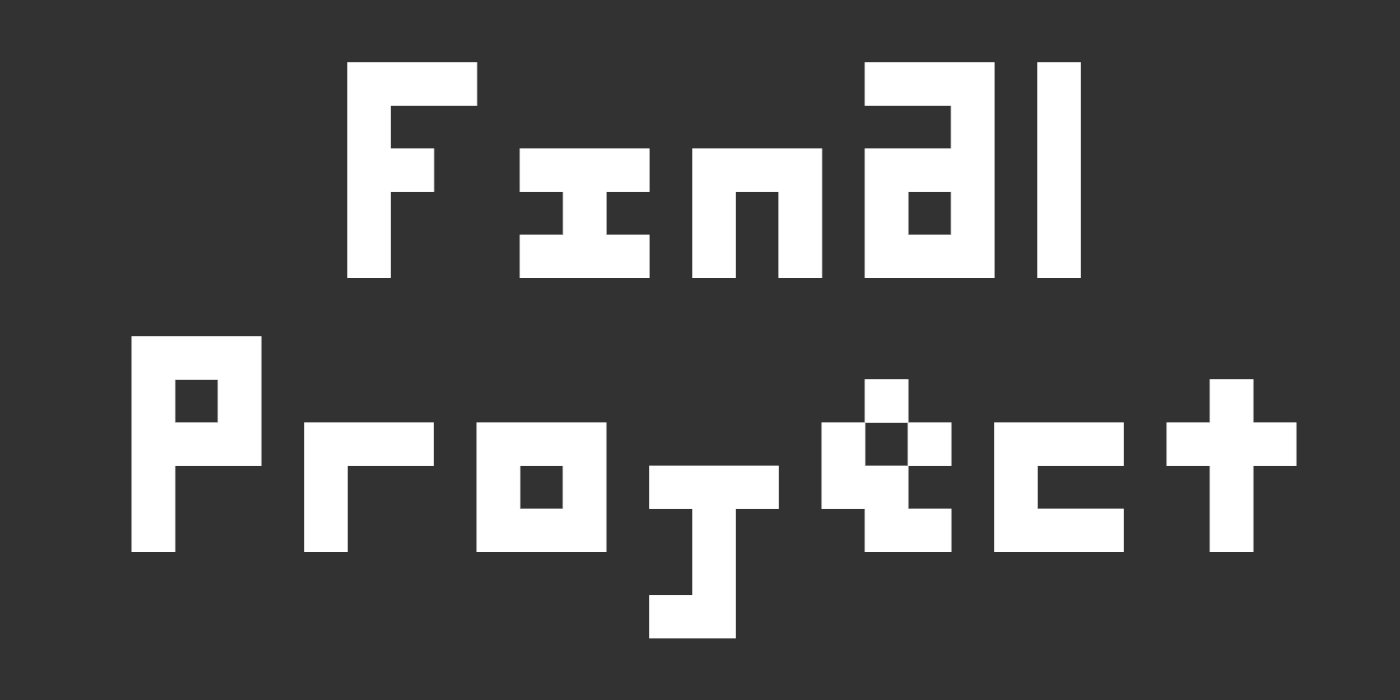Intro to Web Development
Welcome to Intro to Web Dev!
How it Works
Each week, we’ll focus on a different topic. You’ll read tutorials and attend lectures that introduce the topic, and then you’ll build a project that uses it. At the end of each week you’ll have a chance to share your project with the rest of the class.
Get Creative
I’ve never liked homework or projects that told me exactly what to do, so this class leaves a ton of room for creativity and exploration. Don’t be afraid to get creative!
Most of the projects ask you to come up with something yourself. It might be your favorite poem, a fake business, or a list of random items. There is no right or wrong answer! Pick whatever you want: something meaningful to you, something funny, or something useful. Make it your own!
On the other hand, don’t let choice paralysis slow you down. If you’re having trouble starting, consider using a placeholder at first and then coming back and changing it later. And don’t hesitate to reach out if you want to bounce your ideas off somebody!
Goals
This course has a few main goals:
- Gaining practical knowledge about making real websites. By the end of this course, you’ll be able to create your own interactive websites.
- Demystifying concepts. Coding is full of scary-sounding words, and this course will make some of those words not so intimidating.
- Focusing on the fundamentals of web development. There are a million different things we could learn. We’re going to learn the first set of concepts that let you “graduate” to other topics if you want.
- Learning the process of problem solving. Coding is mostly searching, reading through documentation, trying random stuff, getting errors, debugging when something goes wrong, and iterating. Those skills are much more important than memorizing which HTML tag creates a list, or which JavaScript function gives you a particular element on the page.
- Building projects that are personally meaningful, or at least personally interesting. Every project will have plenty of room for self-expression, and you’ll come away with projects that are uniquely yours.
I also love the idea of low floors, high ceilings, and wide walls in education, where a class should be accessible, lead to advanced topics, and have a little something for everybody to explore.
If you have another goal or something else you’re hoping to get out of this course, please let me know!
Code of Conduct
Learning is by nature a vulnerable experience, especially in a class that focuses on self-expression. I want everyone to feel comfortable being themselves, asking questions, and presenting their work with pride. With that in mind, here are some guidelines:
We’re all learning. This includes me. It’s okay to be confused or frustrated. That’s a normal part of learning, and it’s a normal part of coding. Don’t make others feel silly for asking questions or for not having the same knowledge you do.
Lift others up. I’m hoping that folks are able to make this class their own. That means we’ll see a lot of variety in terms of appearance, content, and functionality. Celebrate wins, but don’t focus too much on comparison. It’s not a contest. The important thing is that we’re all learning.
Be aware of the space you occupy. I’m relying on everyone to participate, so I encourage you to engage with the class. But please help make sure everyone has a chance to contribute. Look for opportunities to “pass the mic” to others.
Be respectful. I encourage you to be yourself and to get creative, but keep in mind you’ll be interacting with me and your fellow classmates. Avoid content or behavior that “punches down” or makes anybody feel unwelcome. This includes stuff like gender identity, sexual orientation, race, language, or current skill level.
I will point out any behavior that makes others feel unfairly uncomfortable or unwelcome, and please do the same for me. I’m still learning myself, and I appreciate feedback about how I can improve.


